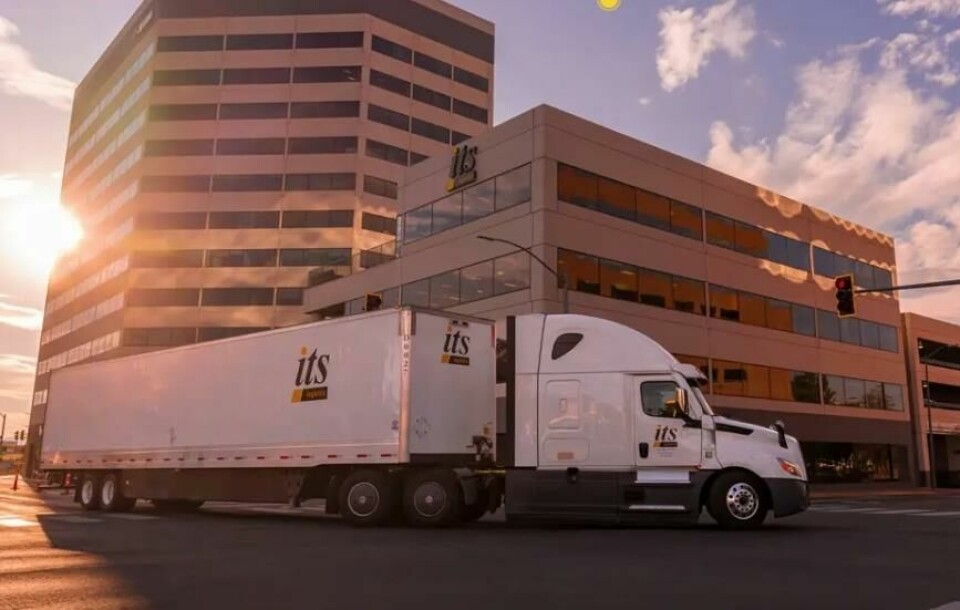From supply chain stockpiles to customisation
After adapting to the disruptions caused by Covid while still navigating the transition to battery EVs, the automotive industry faces a new challenge: meeting modern consumer expectations, writes Dorothy Ashford of ITS Logistics

Consumers now demand same-day delivery, customisation, and the ‘endless aisle’ concept. Manufacturers that fail to meet these expectations risk losing out to competitors who can.
The automotive industry must evolve, and I believe it can draw lessons from other sectors. My career in retail contract logistics from 2001 to 2022 involved helping big-box stores and large brands make step-change enhancements to their supply chains to adapt to shifting consumer demands, driven by the rise of e-commerce. Since 2022, I have shifted my focus to the automotive industry, and I see many parallels between how goods once flowed through the retail sector and how the automotive supply chain operates today.
Retail parallels
Retailers once ordered all product types in bulk based on historical demand, pushing inventory evenly across stores through large distribution centres. However, this model led to stock imbalances: too much inventory in some places, while others faced shortages. It was a slow, inflexible supply chain that often resulted in excess inventory or markdowns, eroding profit margins.
The rise of e-commerce forced retailers to adopt new forecasting, inventory management and delivery strategies. It became about delighting customers by giving them exactly what they wanted, when they wanted it.
To stay competitive, many retailers started bringing supply closer to demand, adding nodes to their network that enabled 1-3-day deliveries. They divided their distribution in the US, with about 70% of volume going to the east/midwest and 30% to the west. Some retailers also established forward stocking locations (FSLs) in major markets, and brick-and-mortar stores became fulfillment hubs.
This shift in strategy extended to inventory management. Retailers identified products with variable demand patterns and separated them from more predictable items. Inventory was segmented by season, assortment and demand. A ‘place-and-chase’ model emerged, where smaller quantities of products were shipped directly to stores, bypassing distribution centres, with frequent, smaller direct-to-store replenishments to respond to demand. It was a move towards a demand-driven supply chain or ‘pull’ model.

It’s no surprise that the automotive industry now faces similar demands from modern consumers. At the same time, there is no historical demand pattern to plan BEV production or sell through.
Need for flexibility and speed
Historically, the automotive industry has relied on a build-to-stock (BTS) model, that prioritises cost efficiency not customisation or unpredictable demand. This approach often results in overproduction, excess stock and markdowns on vehicles that don’t sell, along with expedited shipments to keep assembly lines running. The outcome is reduced profit margins for manufacturers, dealerships and supply chain partners, as well as higher costs for consumers. The transition to BEVs and the need to meet modern consumer expectations are only exacerbating these issues.
Ultimately a more flexible solution is needed, one that balances the BTS model with build-to-order (BTO). This would involve bringing assembly closer to demand, making customisation readily available by shortening lead times after receiving a customer order. A hybrid BTS/BTO approach would reduce waste, minimise excess inventory and allow for customisation, aligning with what today’s consumers expect. Inventory optimisation should be a top priority for automakers and can save millions of dollars annually.
FSLs can play a key role here by housing parts with variable demand near assembly plants. These parts, including those tied to BEV production, can be stored in bulk and delivered to the assembly line as needed. Instead of using multi-stop routes to collect supplies and deliver them directly to plants, inbound transportation could shift to bulk shipments sent to the FSL.
This approach would reduce stock imbalances, limit the need for expedited shipments, decrease transport miles and emissions, and level out inbound route variability. It also lays the groundwork for greater customisation.
Additionally, if suppliers retain ownership of parts until they are withdrawn from the FSL, automakers can cut their inventory carrying costs by 1-3 days – a significant saving when scaled across operations.
Fortunately, automakers don’t need to completely overhaul their supply chains to see immediate results. By segmenting inventory, delaying certain aspects of assembly and leveraging FSLs, manufacturers can begin to better match supply to demand.
These improvements will allow the industry to introduce speed and flexibility needed in order to align with the modern consumer and related demands while controlling costs, ultimately leading to a more efficient and agile automotive supply chain.
Dorothy Ashford is vice-president of enterprise accounts, automotive at ITS Logistics





